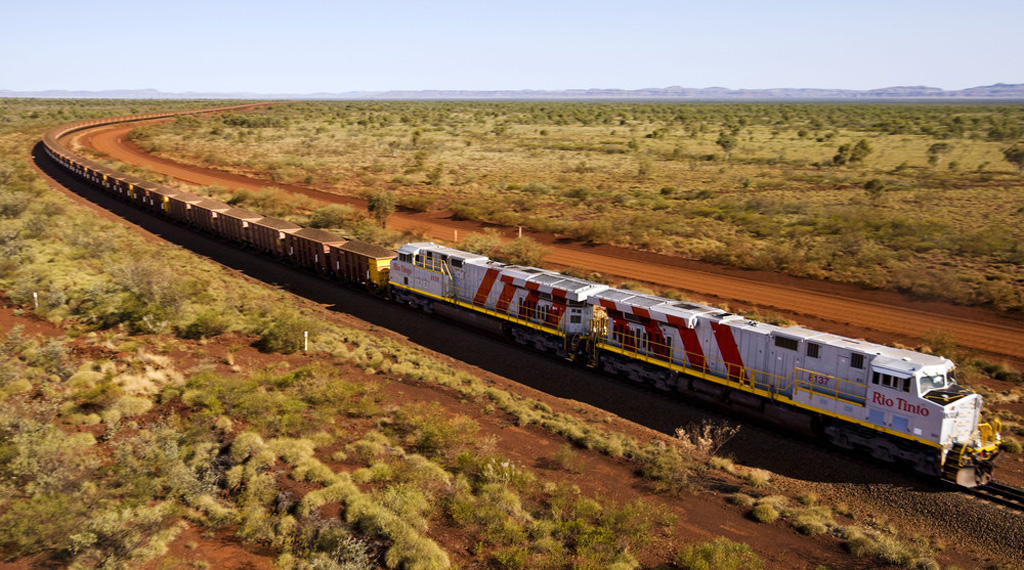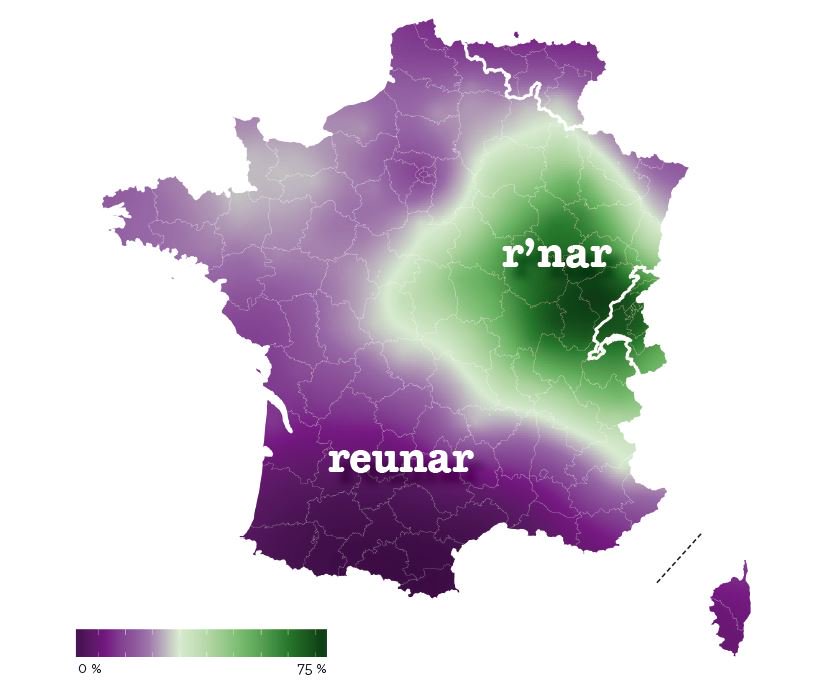The Pilbara Debate: Rio Tinto's Position On Environmental Sustainability

Table of Contents
Rio Tinto's Stated Commitment to Environmental Sustainability in the Pilbara
Rio Tinto publicly declares a strong commitment to environmental stewardship within the Pilbara. Their published sustainability reports and press releases outline ambitious goals centered around minimizing their environmental footprint. These initiatives encompass various aspects of their operations:
- Water Management: Rio Tinto highlights efforts to reduce water usage through advanced technologies and efficient processes. They emphasize recycling and water reuse strategies to minimize their impact on local water resources.
- Greenhouse Gas Emissions Reduction: The company acknowledges the urgent need to decrease greenhouse gas emissions and has set targets for reducing emissions intensity across their operations. This includes exploring renewable energy sources and investing in carbon capture technology.
- Biodiversity Conservation: Rio Tinto's stated commitment includes protecting and restoring biodiversity in the Pilbara. This involves habitat restoration projects, preserving native flora and fauna, and working collaboratively with conservation organizations.
- Key Aspects of their Sustainability Strategy:
- Renewable Energy Targets: Transitioning to renewable energy sources to power their operations is a key focus.
- Waste Reduction Programs: Implementing robust waste management programs to minimize waste sent to landfills.
- Rehabilitation and Restoration Projects: Investing heavily in rehabilitating mined areas and returning land to a productive state.
- Community Engagement Initiatives: Actively engaging with local communities, including Aboriginal groups, on environmental protection measures.
Critical Analysis of Rio Tinto's Environmental Performance in the Pilbara
Despite Rio Tinto's stated commitments, criticisms regarding their environmental performance in the Pilbara persist. Concerns include:
- Greenhouse Gas Emissions: While Rio Tinto is investing in emission reduction, the sheer scale of their operations still results in significant greenhouse gas emissions, contributing to climate change. Independent studies are needed to verify the efficacy of their mitigation strategies.
- Water Usage: Even with water recycling efforts, the substantial water usage by Rio Tinto's mining operations remains a concern, potentially impacting local ecosystems and water availability for other users.
- Impacts on Aboriginal Heritage Sites: Concerns exist regarding the potential damage to culturally significant Aboriginal sites during mining activities. Addressing these concerns requires ongoing dialogue and collaboration with traditional owners.
- Dust Pollution and Air Quality: Dust generated by mining activities can affect air quality in surrounding areas, impacting the health of both local communities and the environment.
While Rio Tinto often responds to these criticisms by highlighting their investments in mitigation and rehabilitation, independent verification and transparent data sharing are vital for building trust and ensuring accountability.
Stakeholder Perspectives and the Social License to Operate
The Pilbara debate extends beyond Rio Tinto's own statements. A multitude of stakeholders hold varying perspectives:
- Local Communities: Aboriginal groups and nearby towns have expressed concerns about the environmental and social impacts of mining, demanding meaningful consultation and benefit-sharing agreements.
- Environmental Advocacy Groups: These groups often scrutinize Rio Tinto's environmental performance, advocating for stricter regulations and greater transparency.
- Government Agencies: State and federal government agencies play a crucial role in regulating mining activities and ensuring compliance with environmental standards.
- Investors and Shareholders: Increasingly, investors are considering Environmental, Social, and Governance (ESG) factors when making investment decisions. Rio Tinto's environmental performance directly impacts their investor relations.
The concept of a "social license to operate" is central here. Rio Tinto needs the ongoing support of these stakeholders to continue operating. This license is not simply granted; it's earned through demonstrable commitment to environmental sustainability and genuine engagement with all affected parties.
Future Outlook: Rio Tinto's Environmental Sustainability Roadmap in the Pilbara
Rio Tinto's future environmental sustainability in the Pilbara hinges on their ability to implement effective strategies to mitigate environmental impacts and achieve their stated goals. This involves:
- Accelerated adoption of renewable energy sources to significantly reduce reliance on fossil fuels.
- Continued investment in water-efficient technologies and practices.
- Strengthened collaboration with Aboriginal communities to protect and manage culturally significant sites.
- Exploring and implementing innovative technologies for dust suppression and air quality improvement.
The success of these strategies will depend on technological advancements, transparent reporting, and ongoing dialogue with stakeholders.
Conclusion: The Ongoing Pilbara Debate and the Future of Rio Tinto's Sustainability
The debate surrounding Rio Tinto's environmental performance in the Pilbara highlights the inherent tension between resource extraction and environmental protection. While Rio Tinto has publicly committed to sustainability initiatives, criticisms persist regarding their environmental impact. Open dialogue, transparent reporting, and meaningful engagement with stakeholders are crucial for navigating this complex issue. Staying informed about the ongoing Pilbara debate and Rio Tinto's commitment to environmental sustainability is vital. Visit their website and participate in public forums to contribute to informed discussions about the future of mining and environmental stewardship in this remarkable region. Understanding the intricacies of Pilbara sustainability is crucial for shaping a responsible and sustainable future for the region and its people.

Featured Posts
-
 Kering Stock Drops 6 On Weak First Quarter Results
May 25, 2025
Kering Stock Drops 6 On Weak First Quarter Results
May 25, 2025 -
 Mathieu Avanzi Depasser Les Cliches Sur La Langue Francaise
May 25, 2025
Mathieu Avanzi Depasser Les Cliches Sur La Langue Francaise
May 25, 2025 -
 Todays Best Tv And Streaming A Look At The Skinny Jab Revolution Black 47 And Roosters
May 25, 2025
Todays Best Tv And Streaming A Look At The Skinny Jab Revolution Black 47 And Roosters
May 25, 2025 -
 Ftc Appeals Activision Blizzard Merger Decision Implications For Gaming
May 25, 2025
Ftc Appeals Activision Blizzard Merger Decision Implications For Gaming
May 25, 2025 -
 Novo Ferrari 296 Speciale Potencia De 880 Cv Em Um Hibrido
May 25, 2025
Novo Ferrari 296 Speciale Potencia De 880 Cv Em Um Hibrido
May 25, 2025
